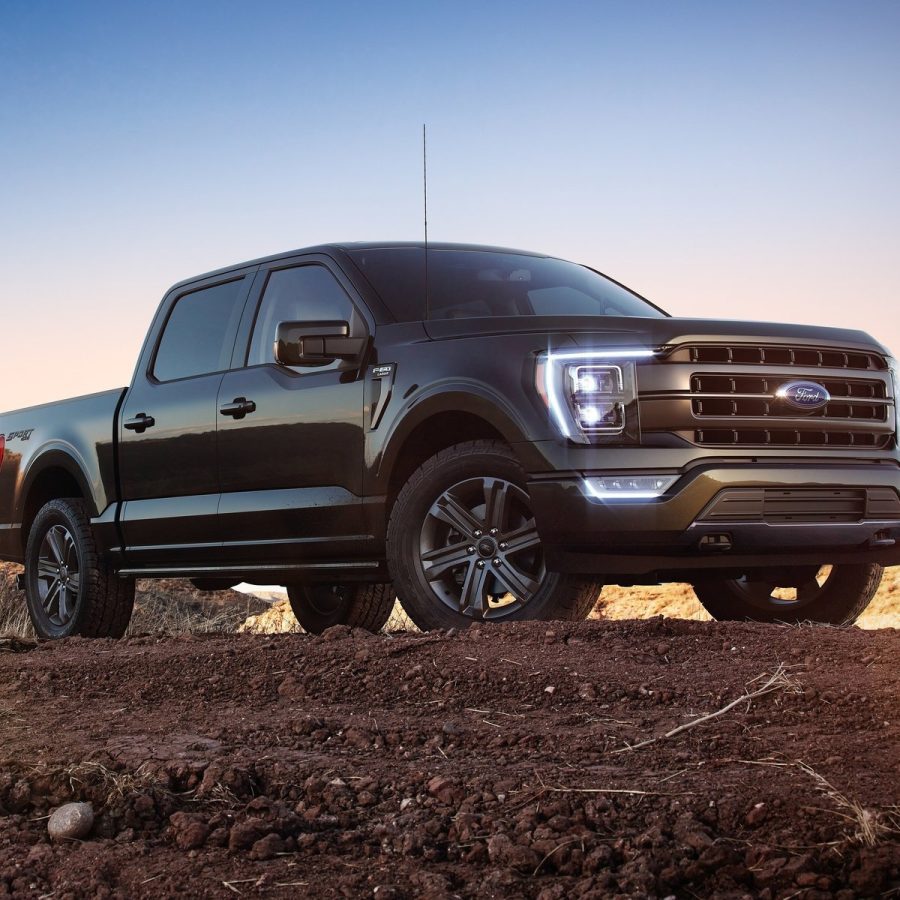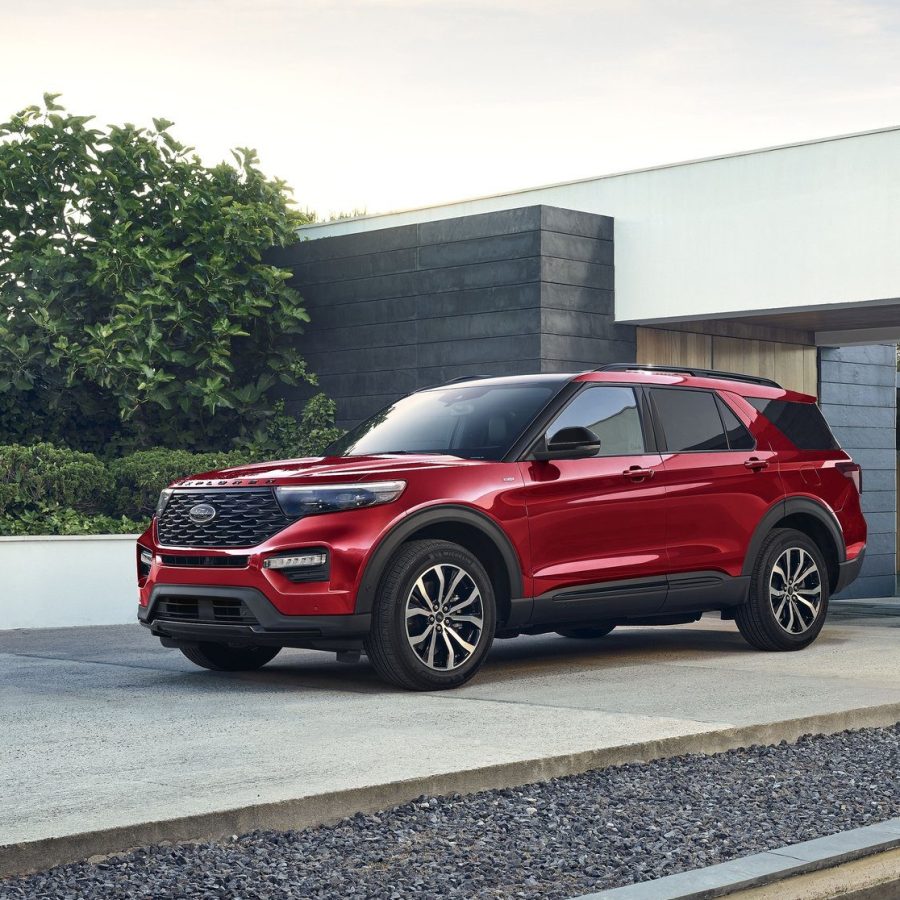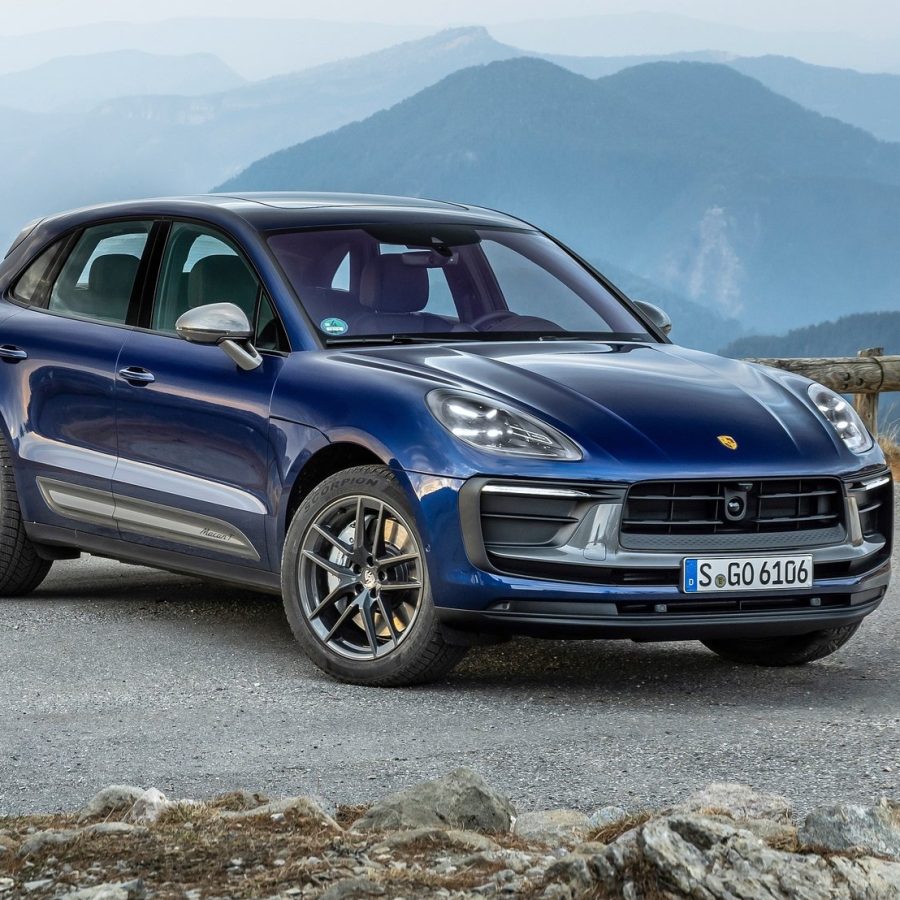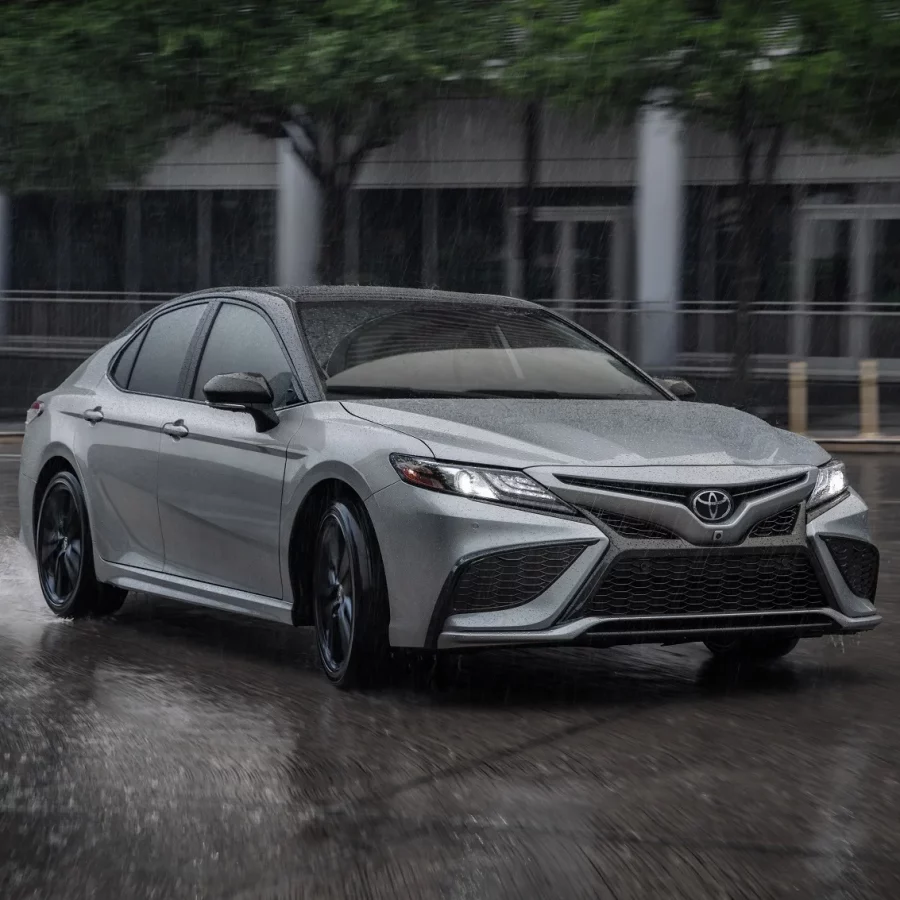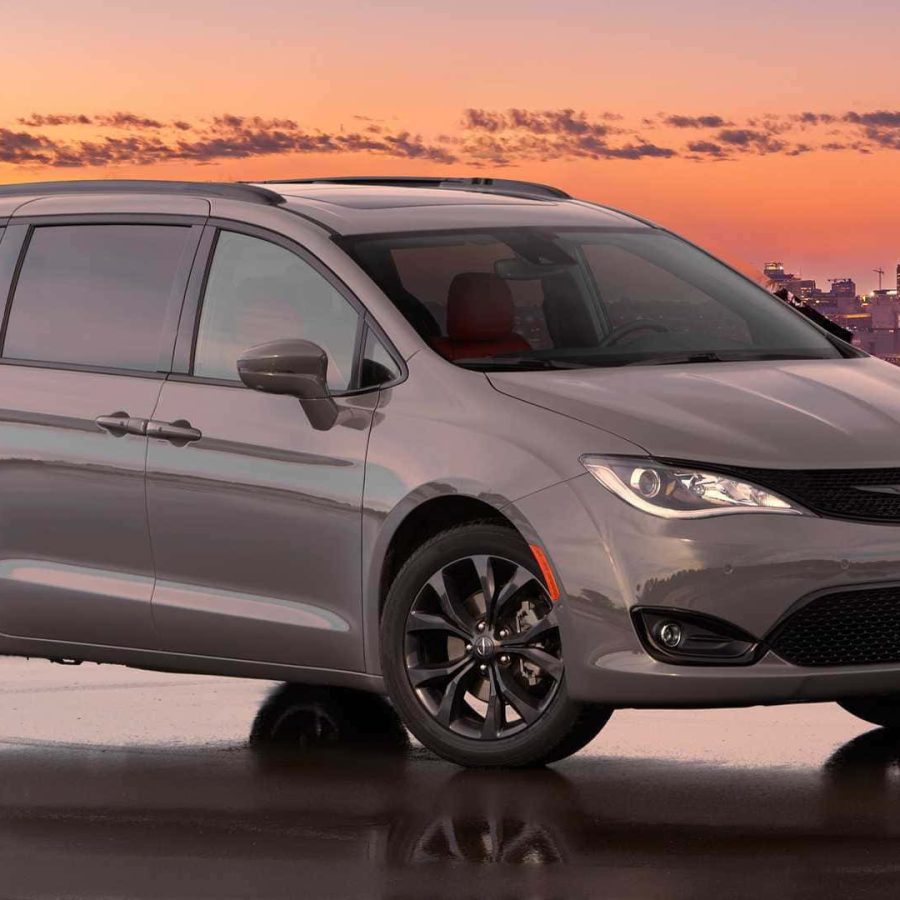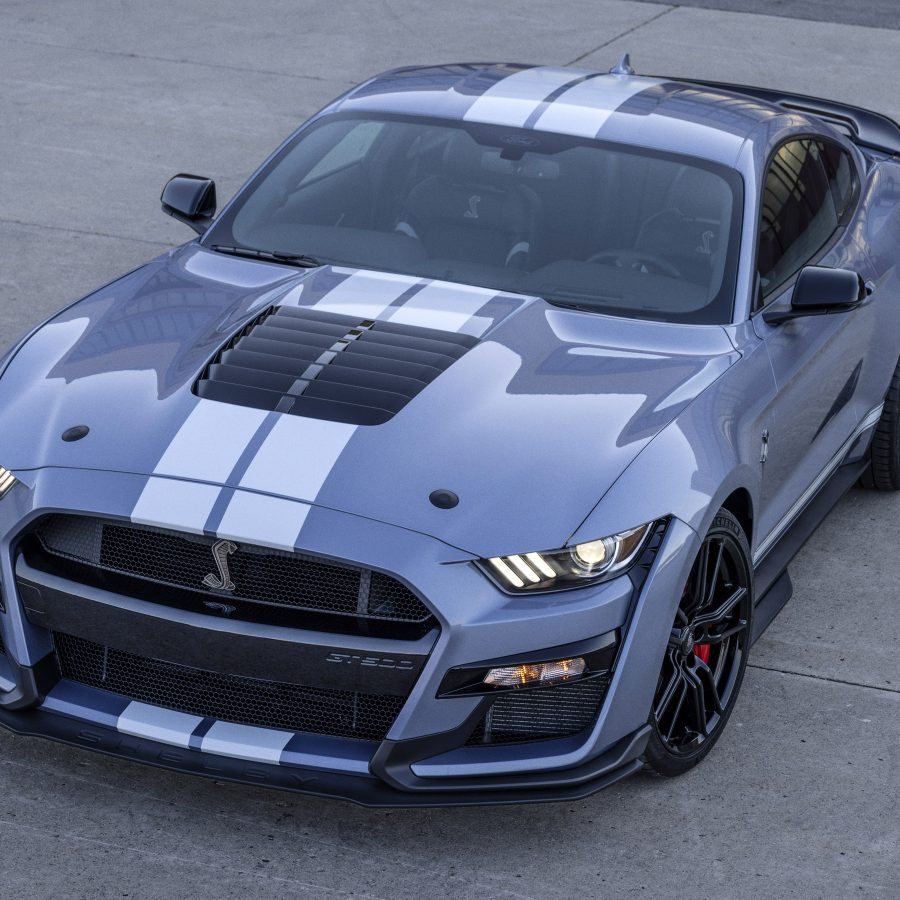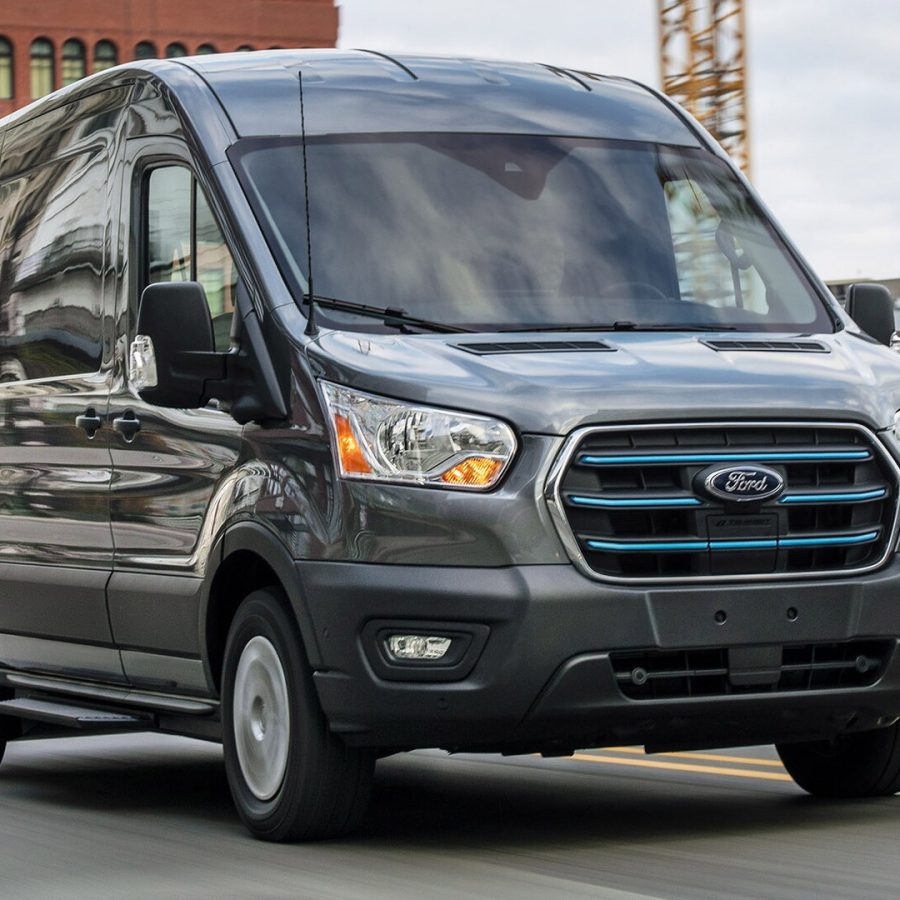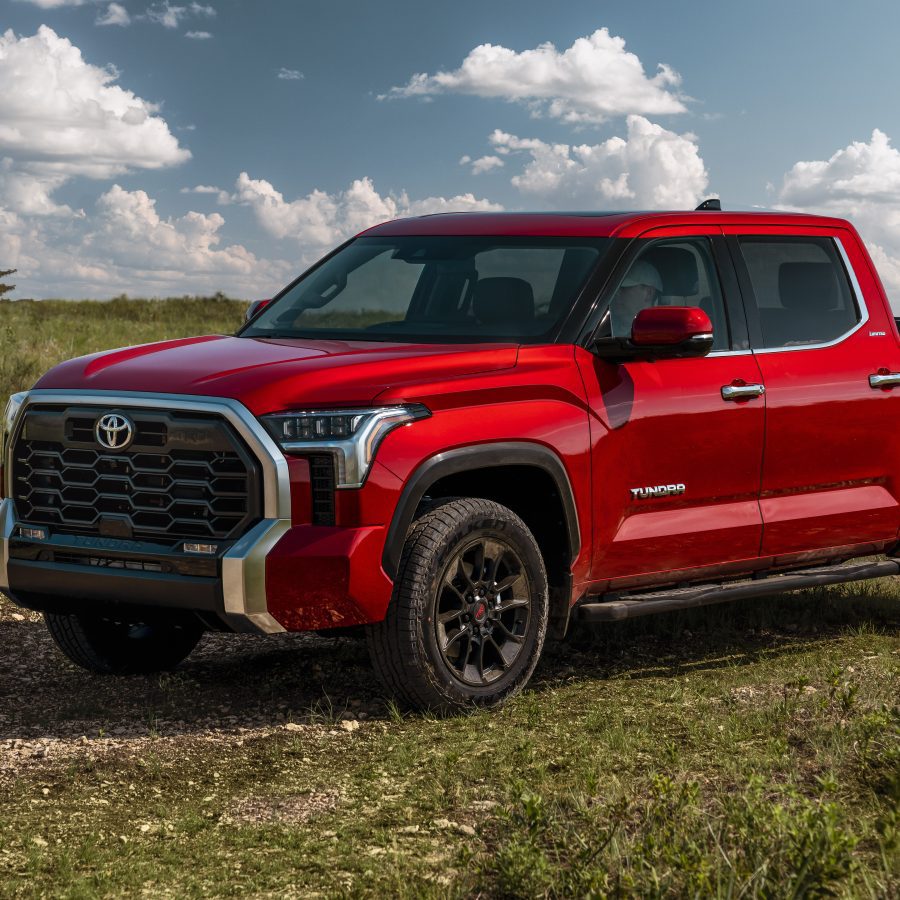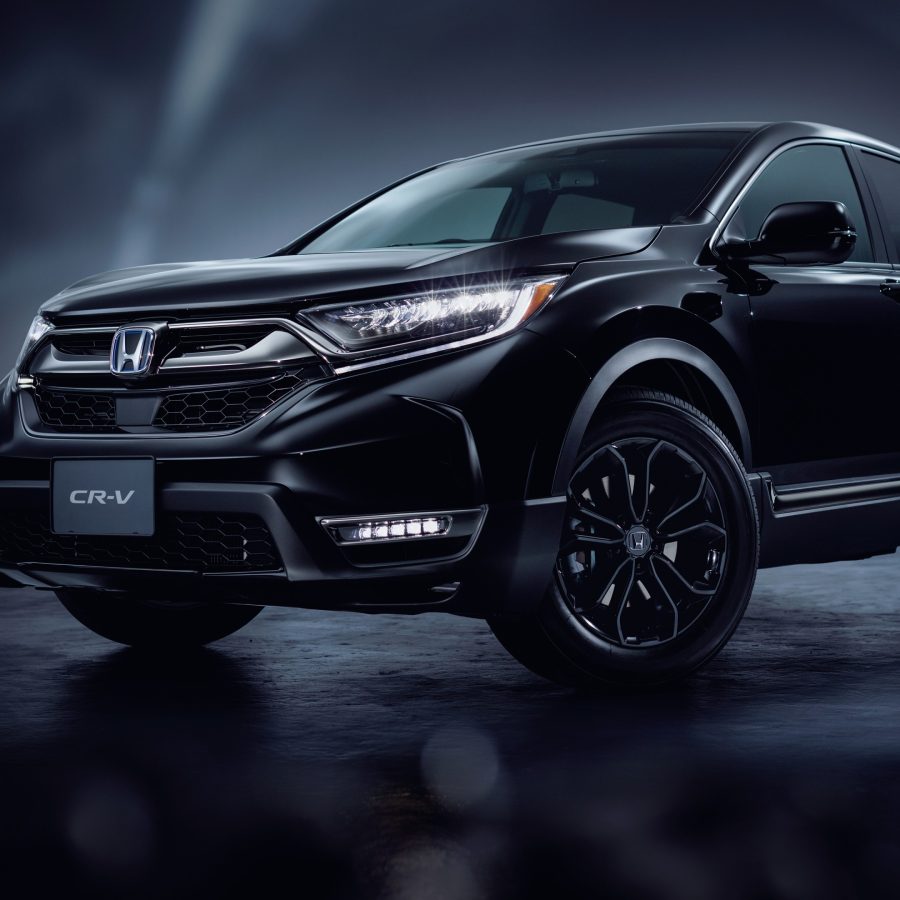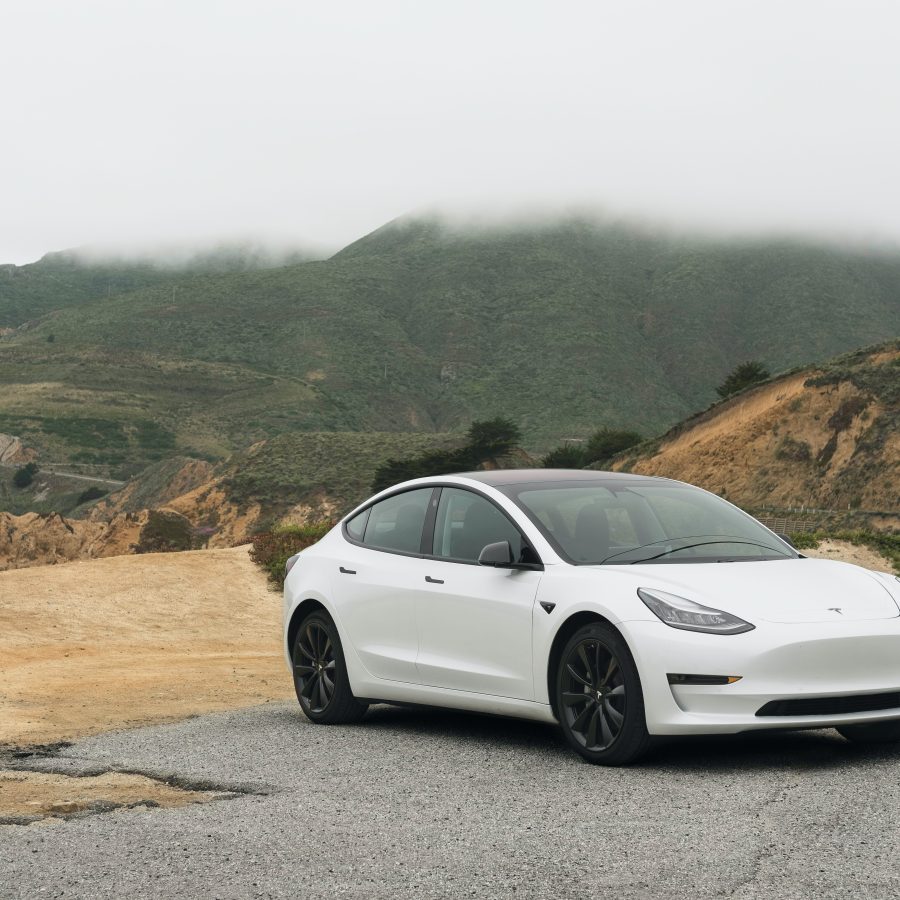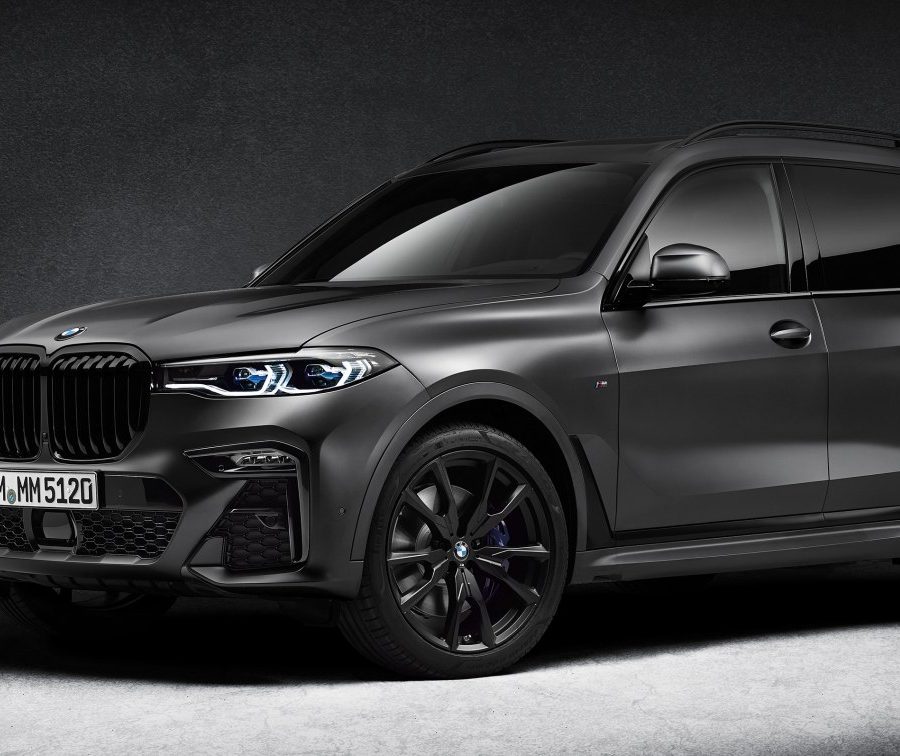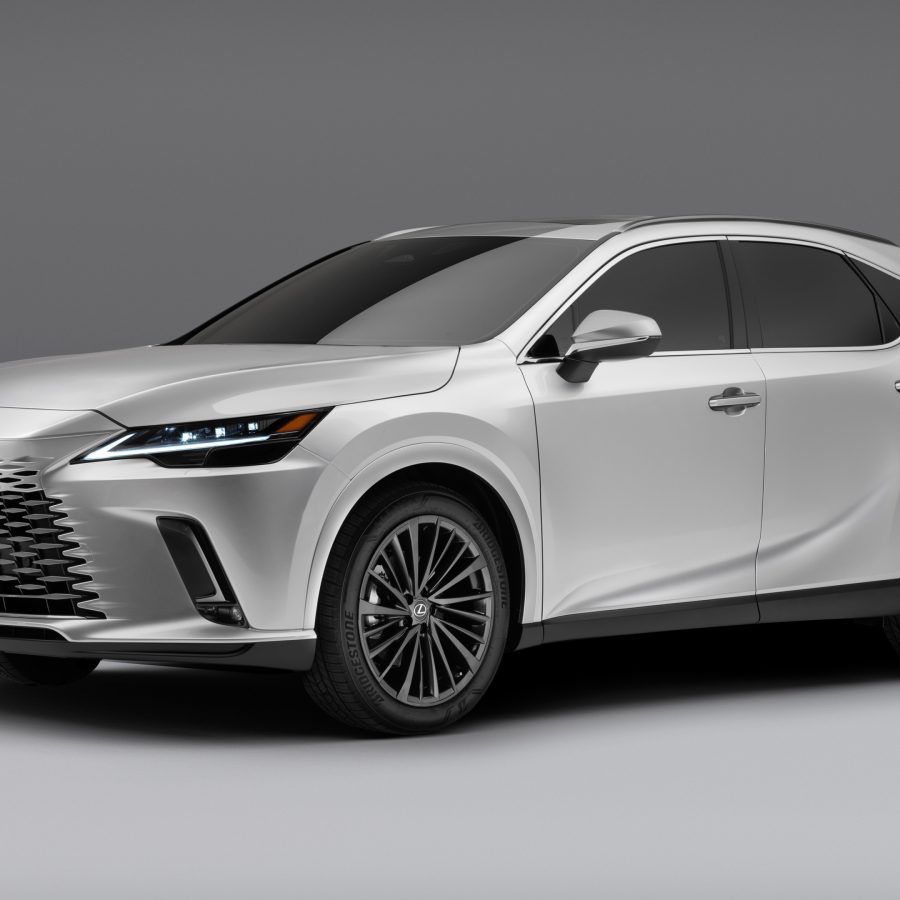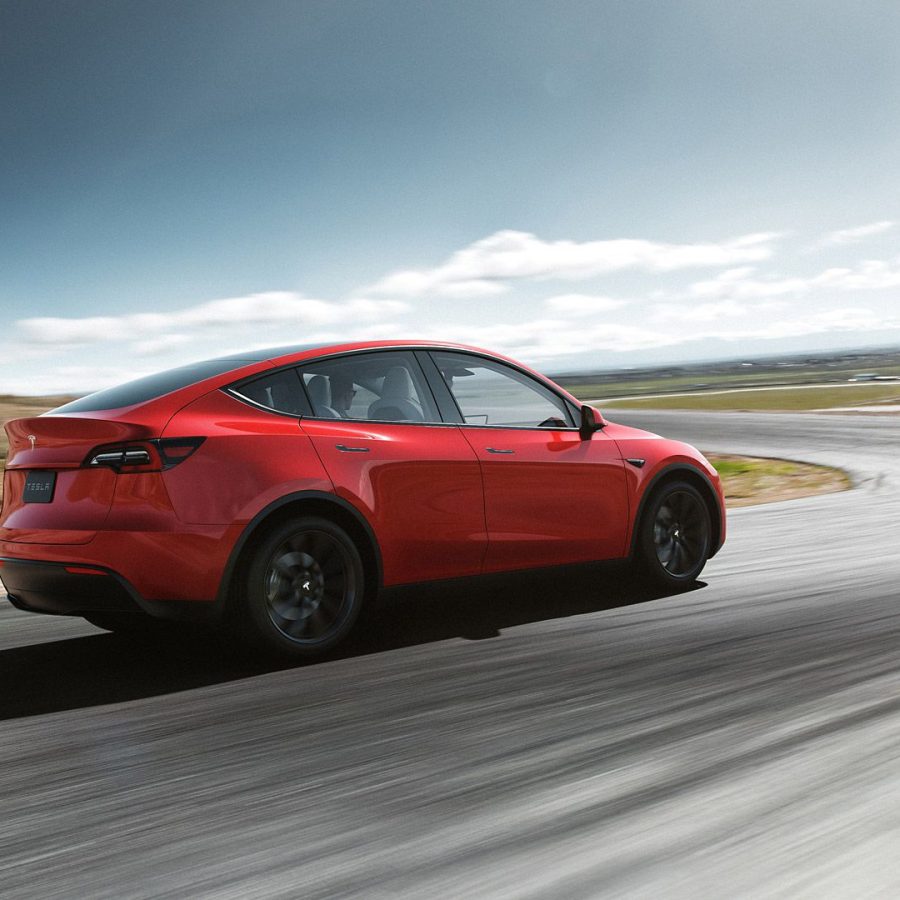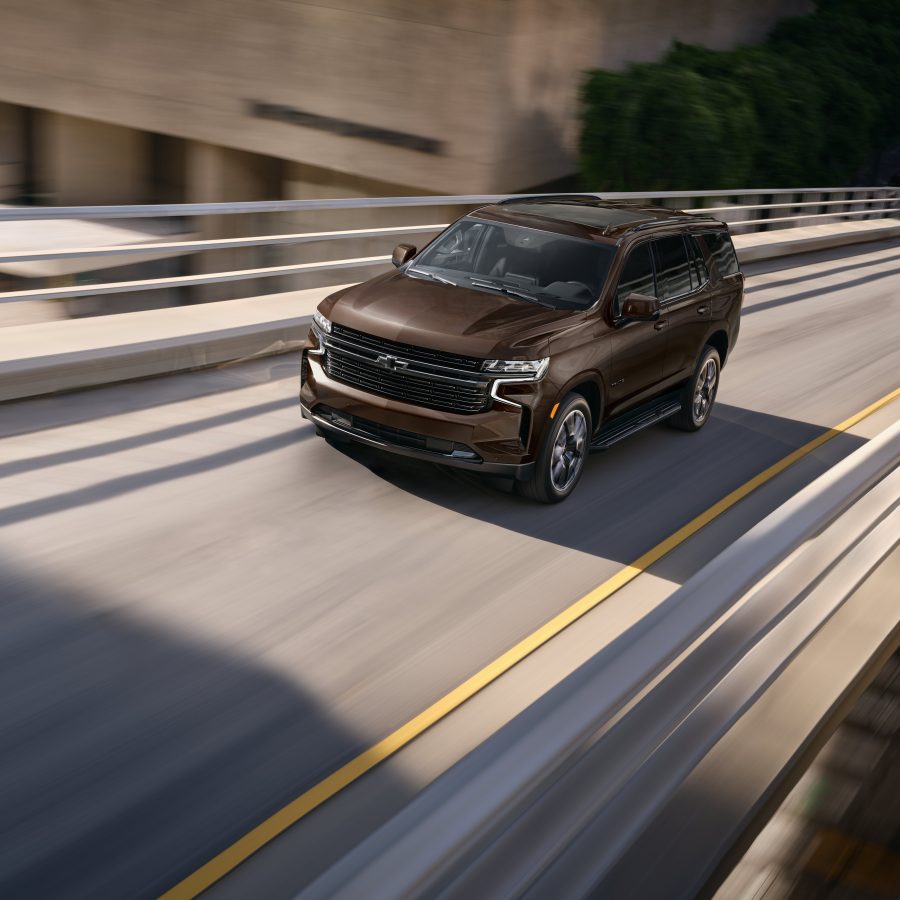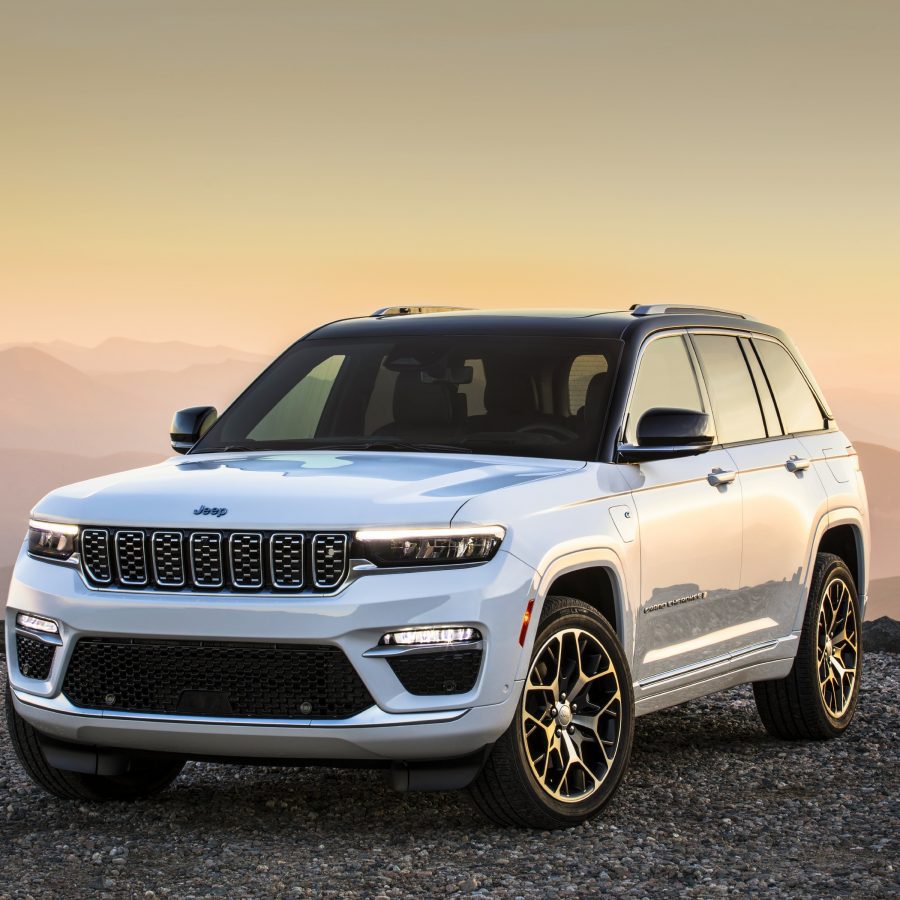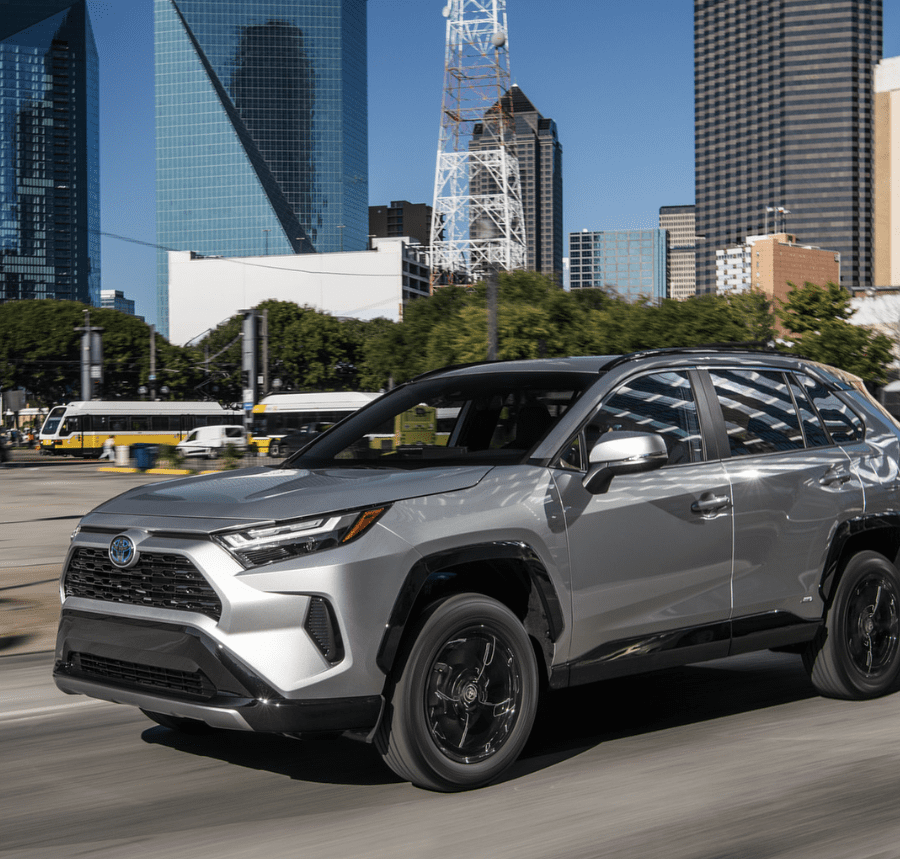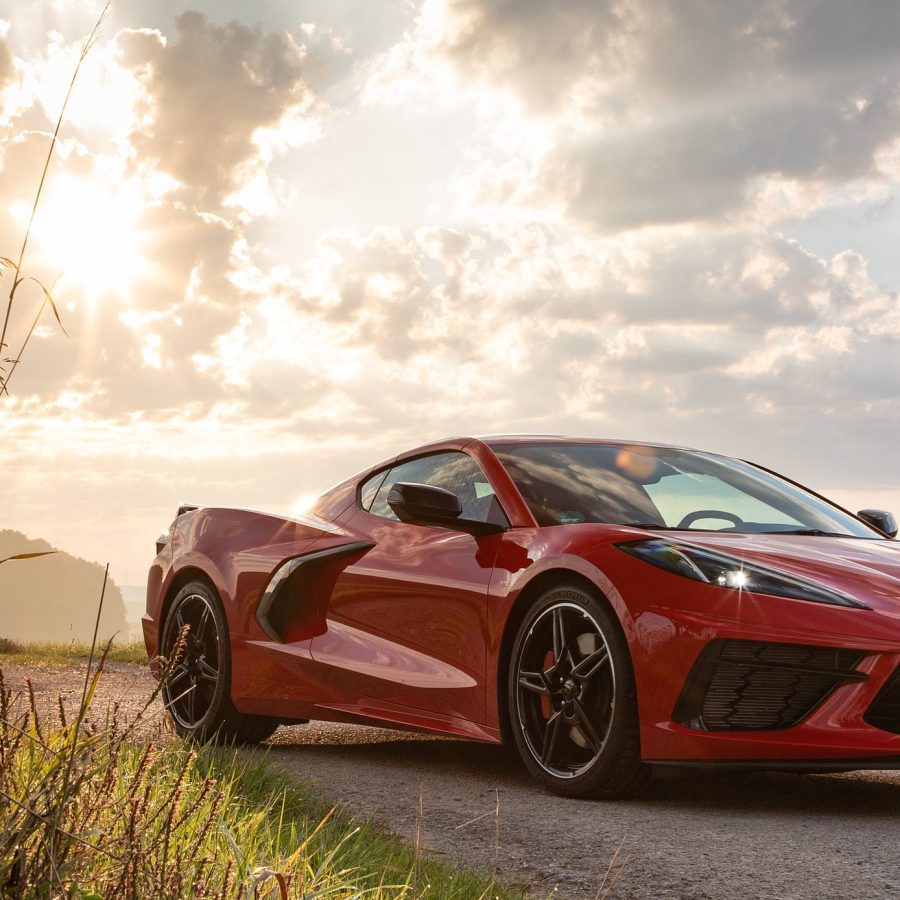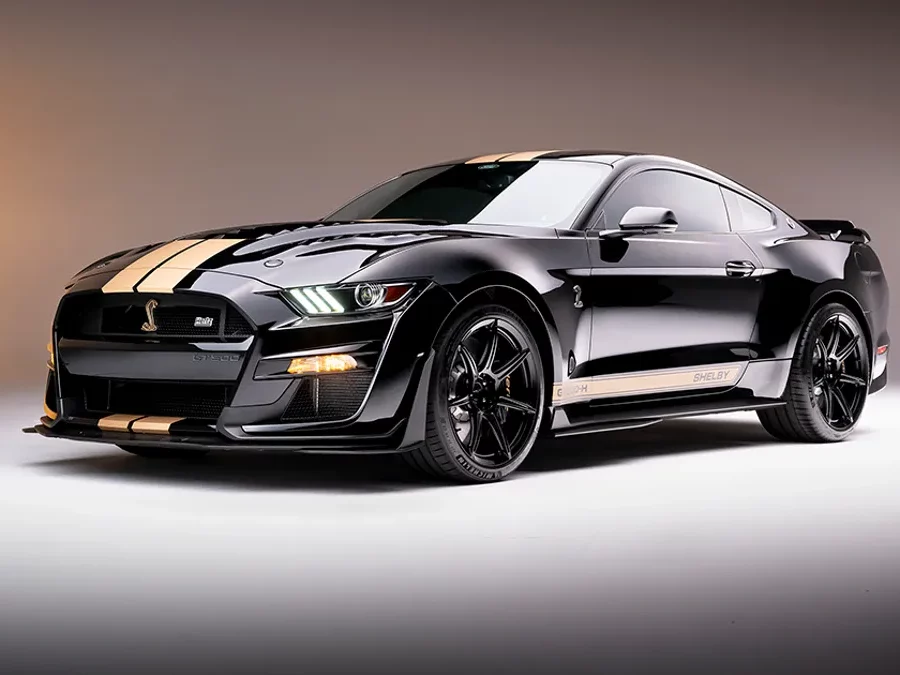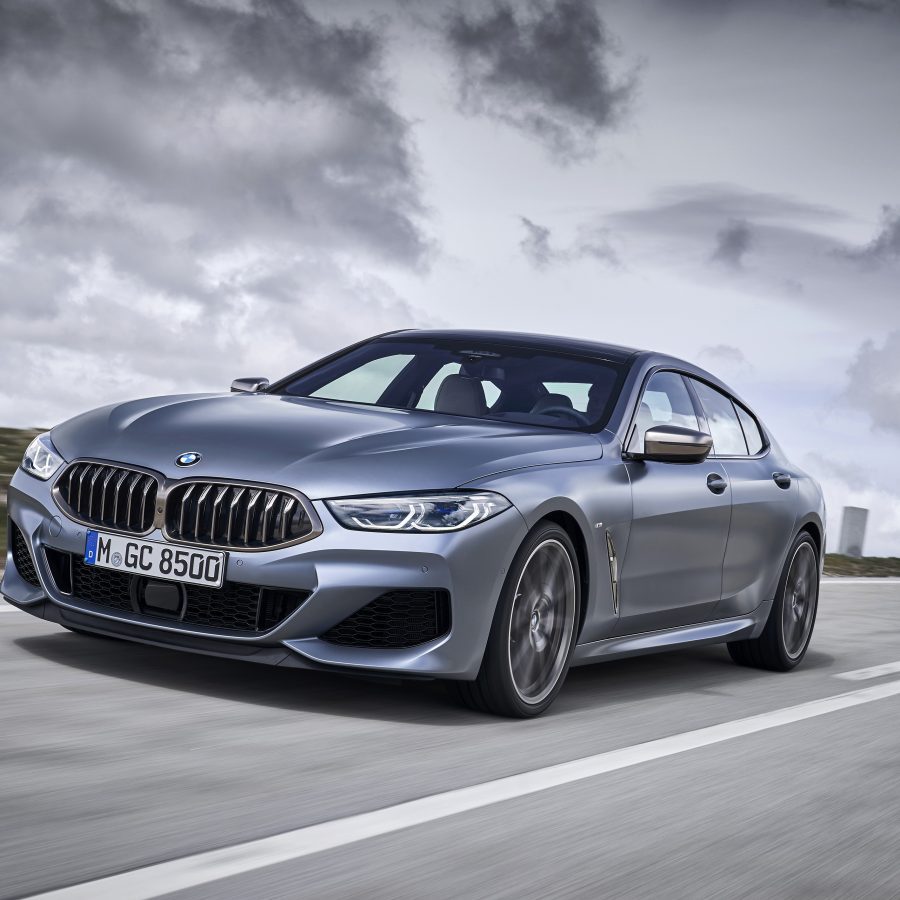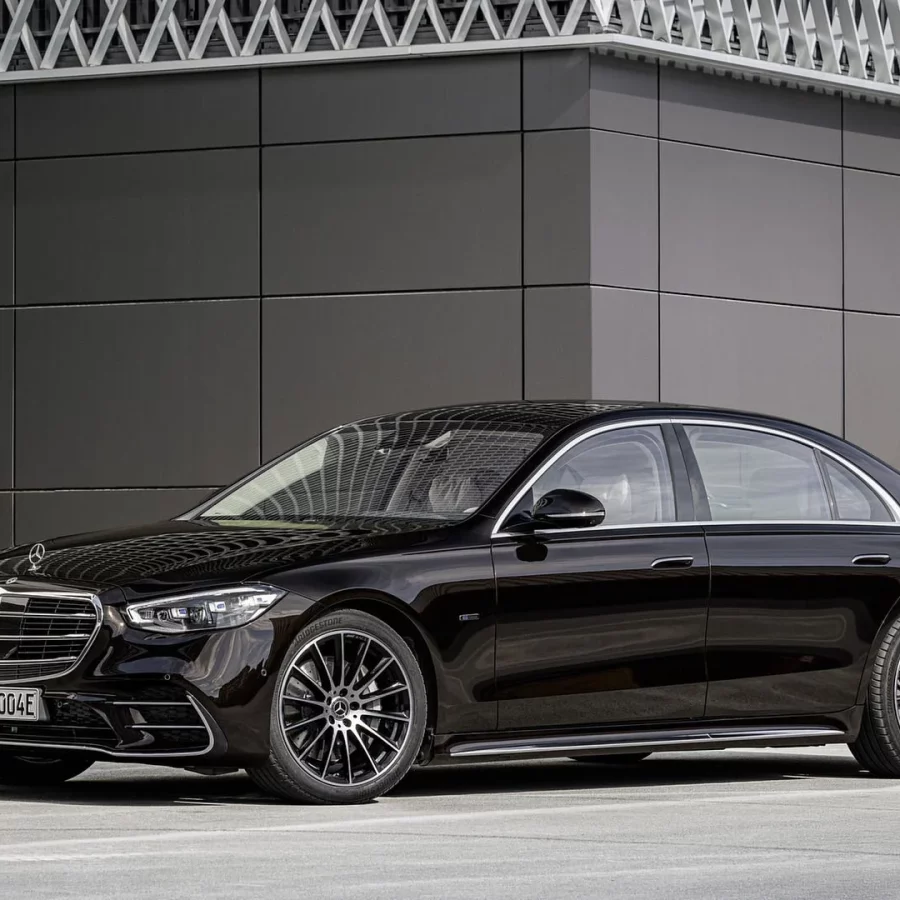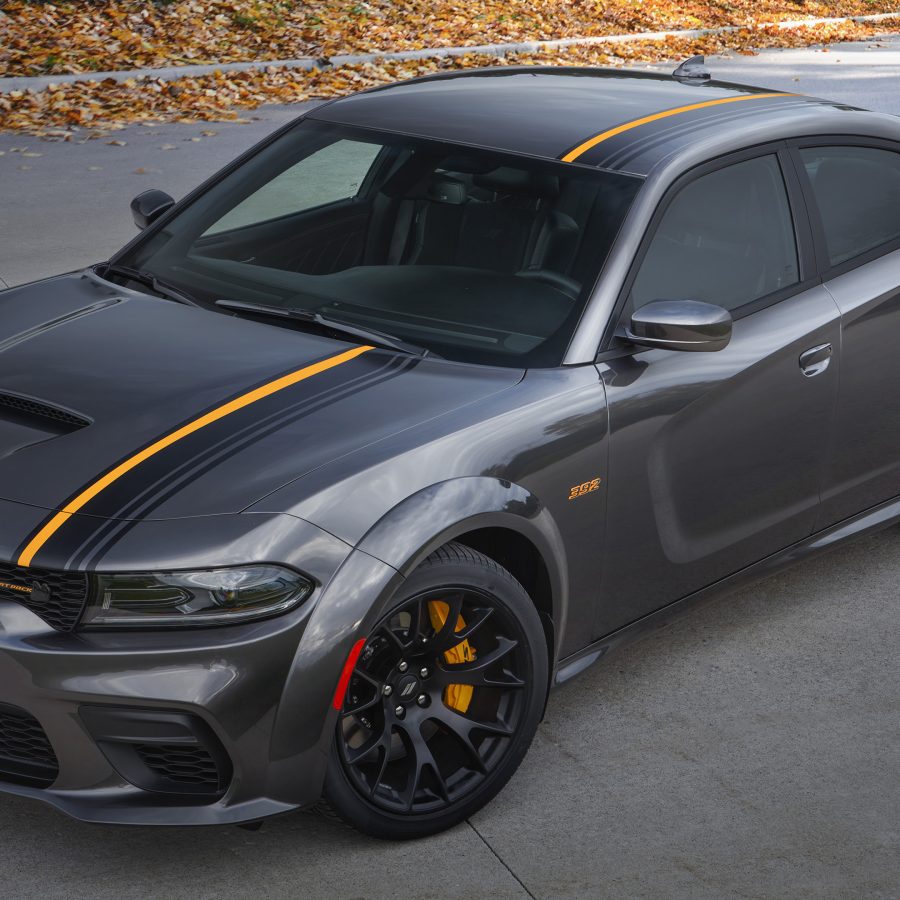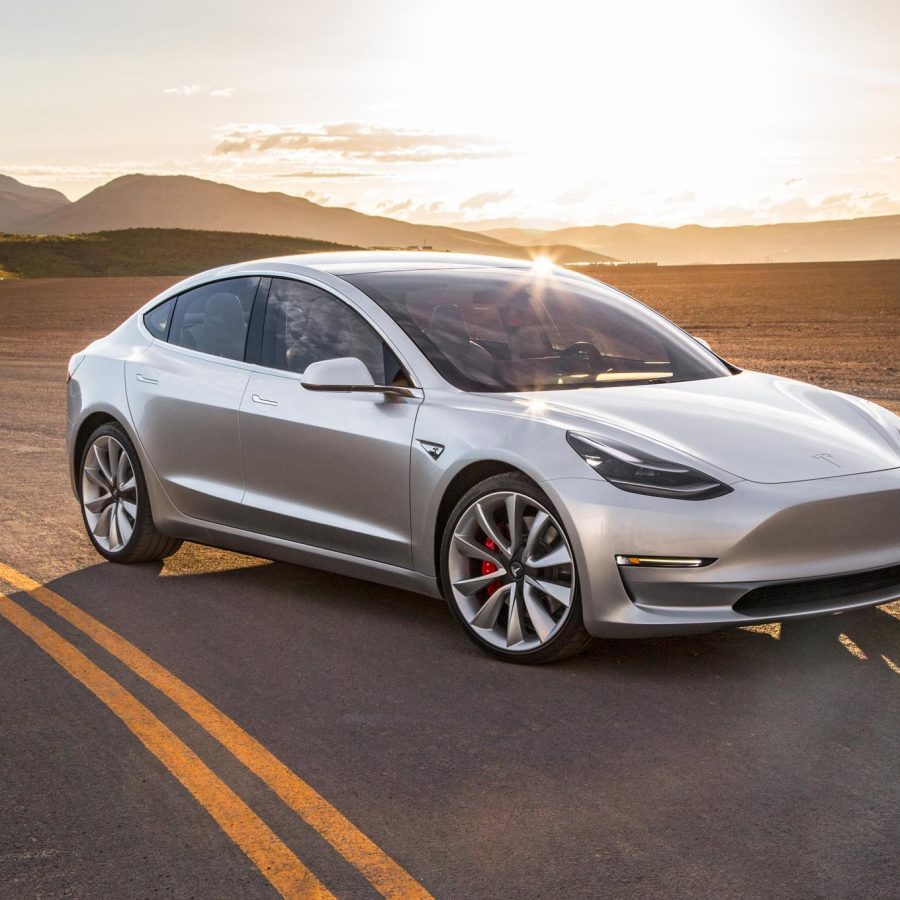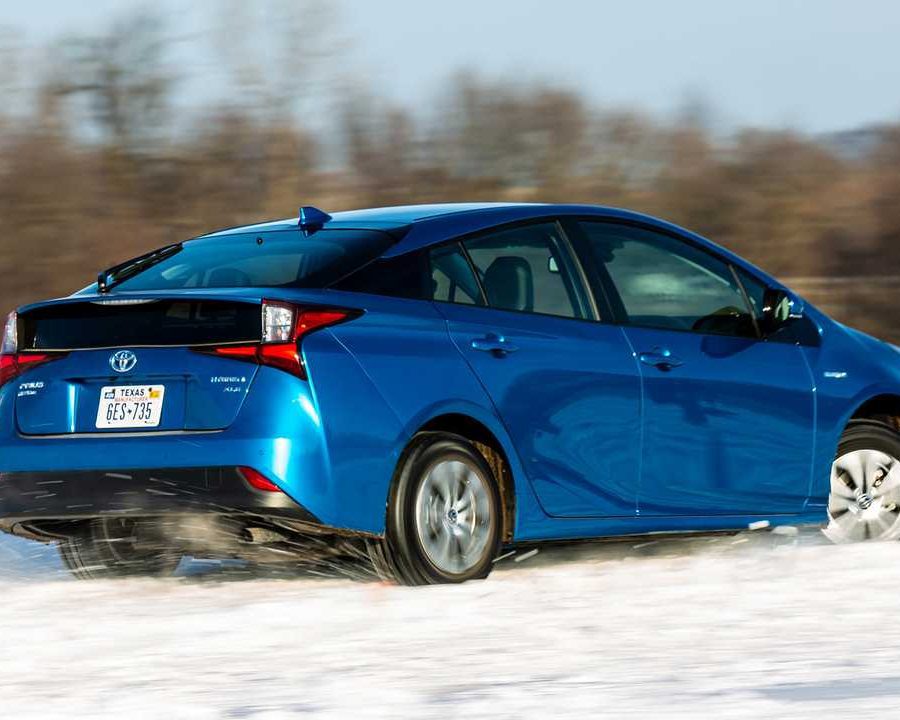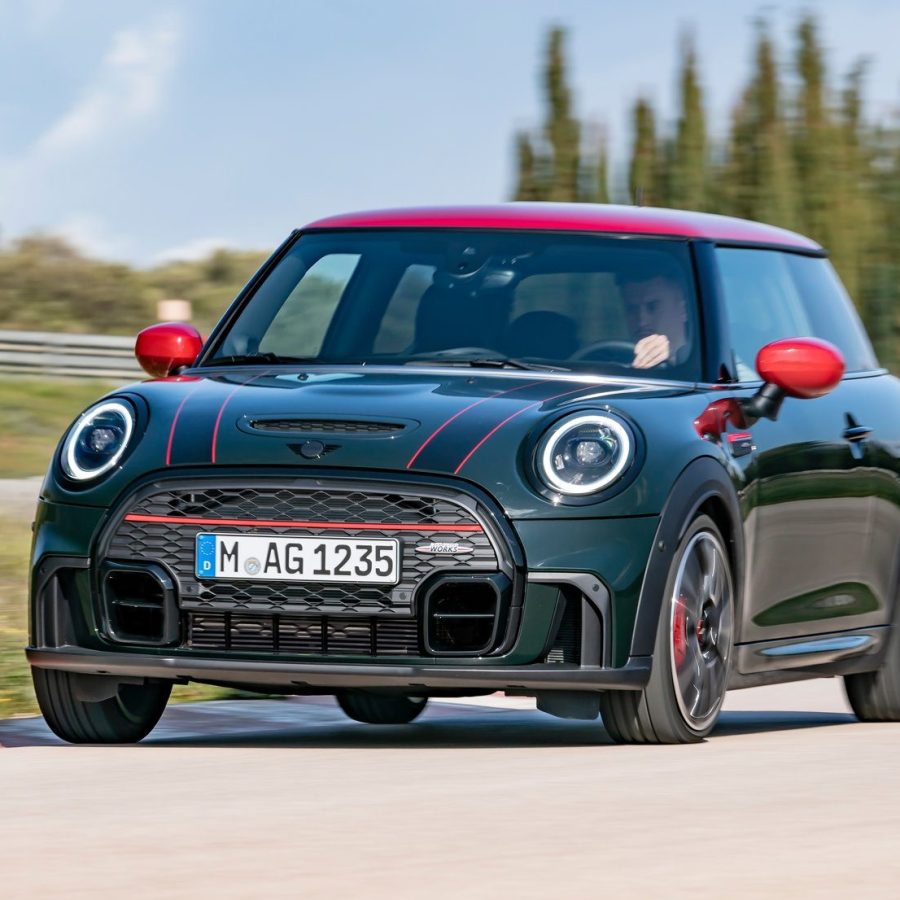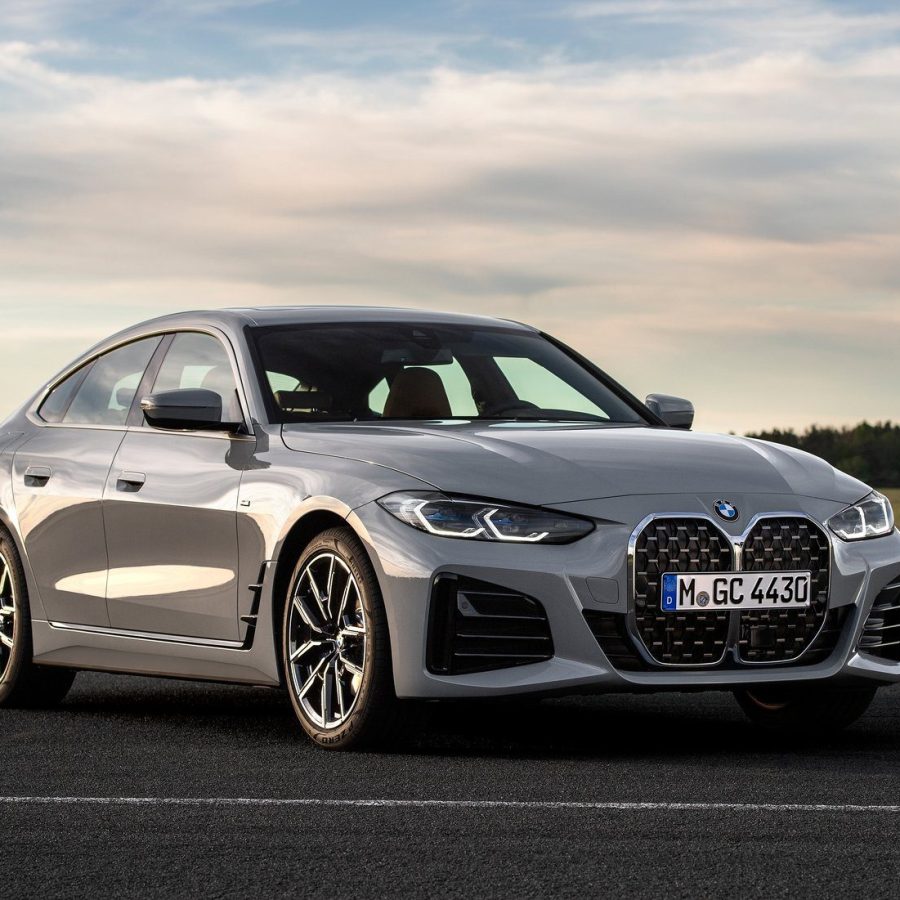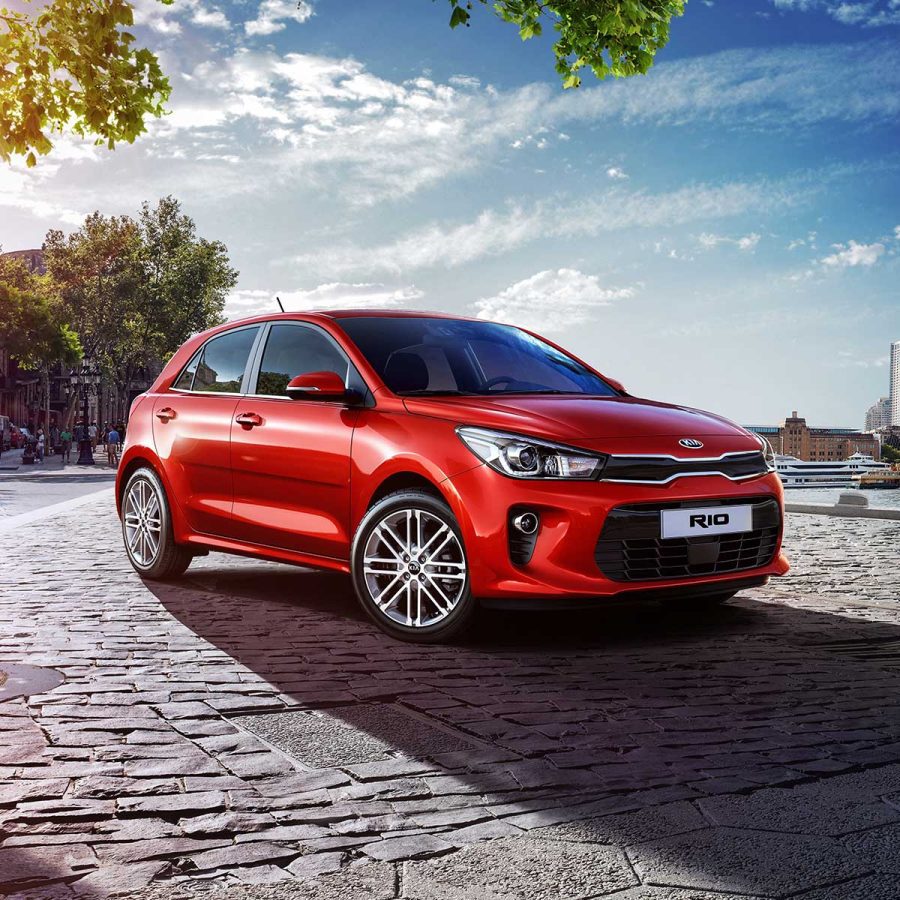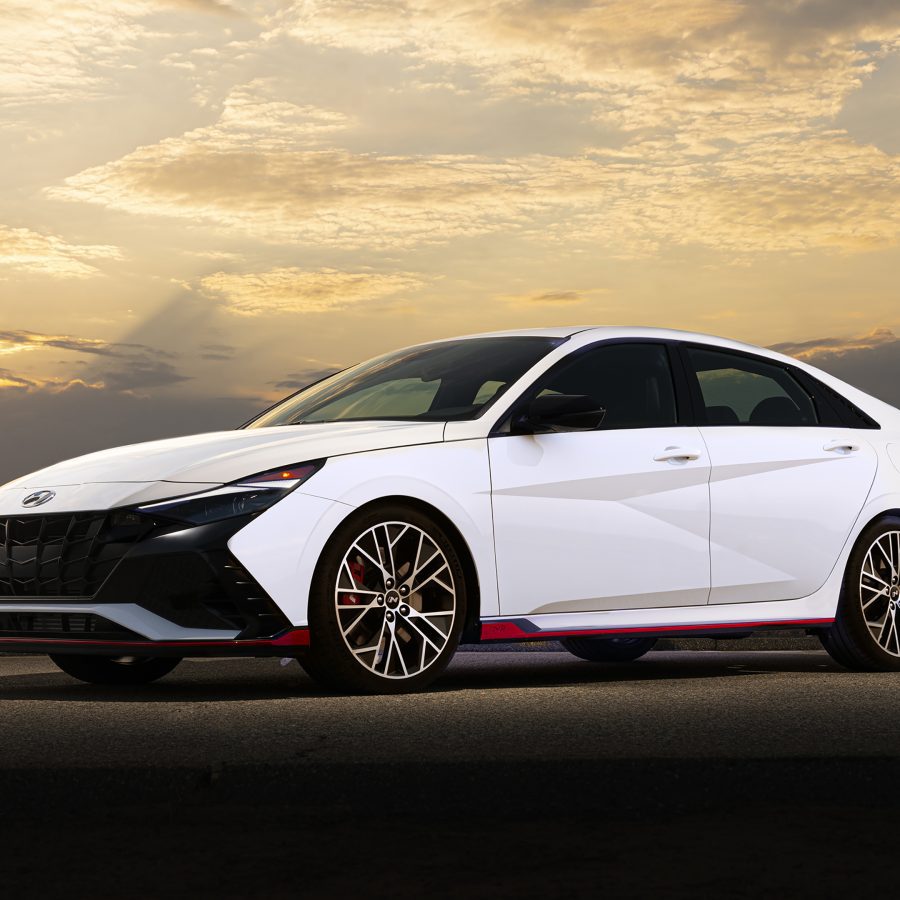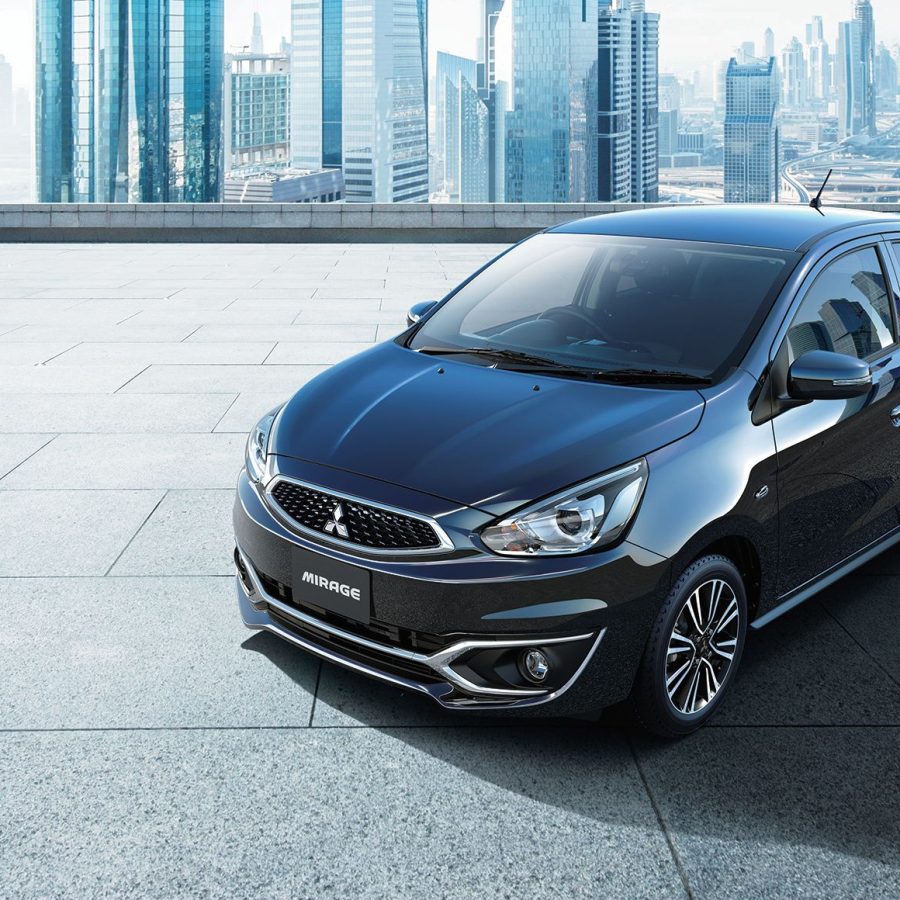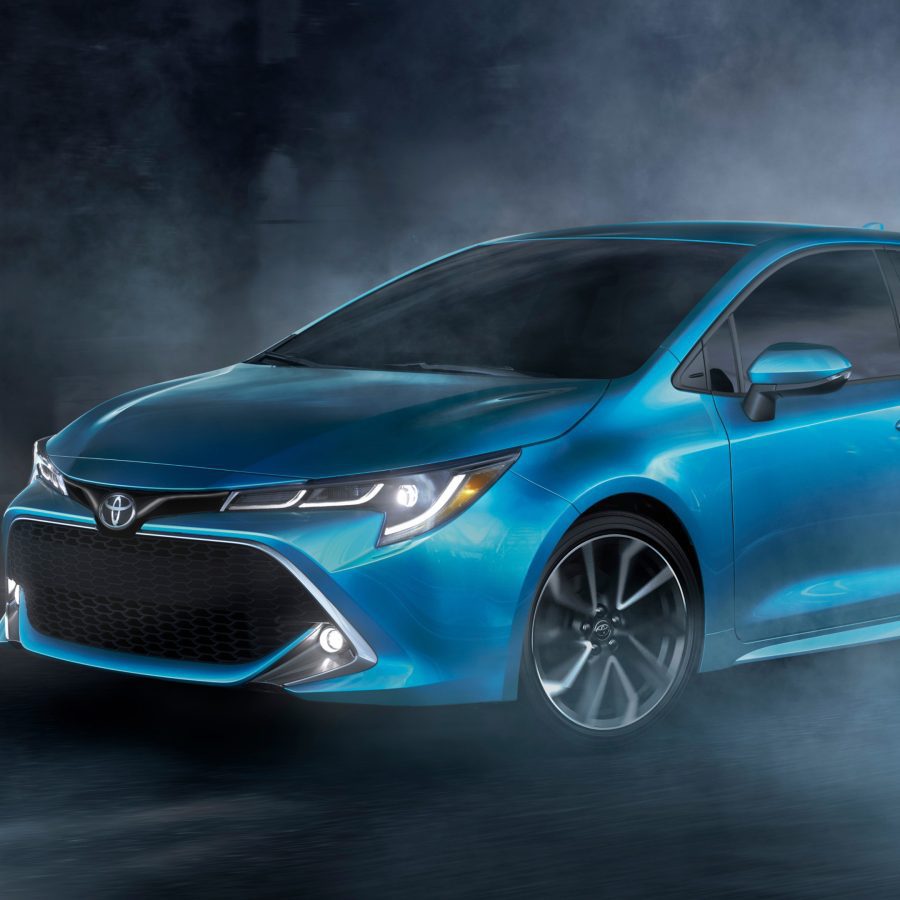2022 U.S Automotive Sales Research
The U.S. auto industry in 2021 was significantly influenced by the ongoing impacts of the COVID-19 pandemic and several other unique challenges. While the pandemic's most acute disruptions to the auto industry were felt in 2020, 2021 saw a partial recovery in sales as vaccination campaigns rolled out and consumer confidence rebounded. However, the recovery was uneven, impacted by supply chain issues. One of the most defining challenges of 2021 was a global shortage of semiconductors. The auto industry, which heavily relies on these chips for everything from infotainment systems to advanced safety features, felt the brunt. Production slowdowns, vehicle model delays, and increased competition for available chips marked the year. The preference for SUVs, crossovers, and pickup trucks over sedans continued to dominate the U.S. market. Many automakers adjusted their lineups and strategies accordingly. 2021 was significant for electric vehicles (EVs). Many automakers announced bold electrification plans, new EV models were introduced, and there was substantial investment in EV infrastructure. It was clear that the industry was accelerating its shift toward electric mobility. Due to supply chain challenges, notably the chip shortage, and heightened demand, vehicle inventories at dealerships were limited. This resulted in increased vehicle prices, both for new and used cars. Building on trends from 2020, more consumers became comfortable with online vehicle purchasing. Dealers and automakers enhanced their online platforms to cater to this demand, offering virtual tours, online financing, and home deliveries. After the disruptions of 2020 and continuing challenges in 2021, automakers focused more on diversifying their supply chains to reduce vulnerability to regional disruptions.


